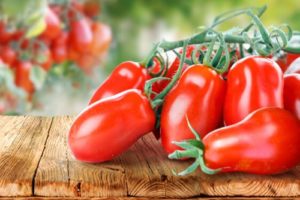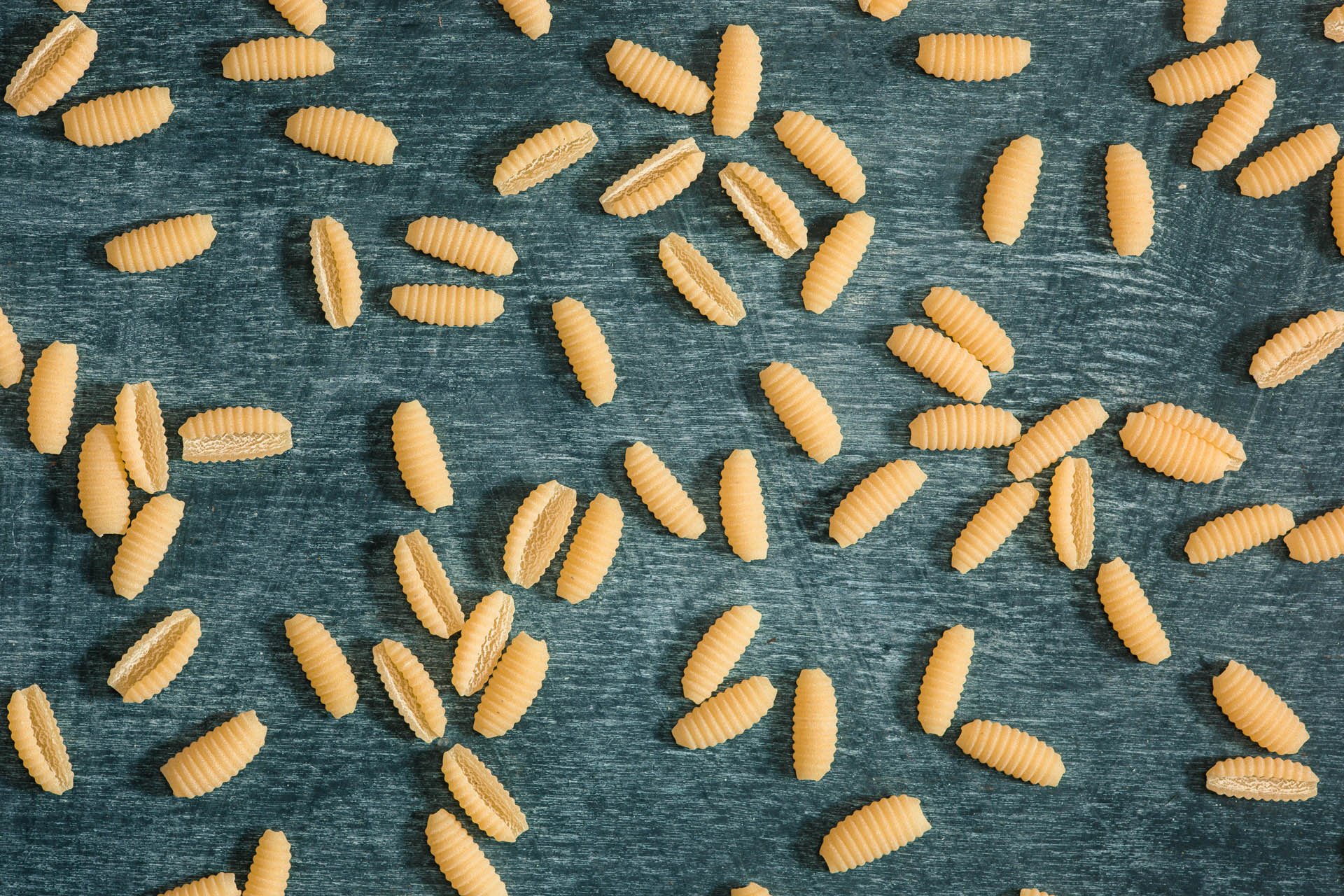- No products in the cart.
 Those tomatoes are mainly produced on the Corbara hillsides (hence their name), included in the Salerno province. However, they are produced in the Naples province as well, especially around Pompeii and Castellammare di Stabia. They are intensely red coloured, oblong shaped and typically bittersweet, being one of the most remarkable samples of the local rural tradition. Those tomatoes are especially rich in vitamins, minerals and healthy anti-oxidant substances. Once they were mostly cultivated to be eaten fresh or to be canned by hand. According to a traditional system, little branches of tomatoes are woven, forming big “piennoli”, that have to be stored during the winter: they are hang up in shady and well-aired places. Nowadays, increase in demand of “pomodoro corbarino”, and growing interest by the local canning industry, have boosted cultivation, which has spread from the hillsides to flat land, even if pomodori corbarini fully express themselves when they grow on the hills (mainly because of the wider range of temperature, providing them with their peculiar red colour). Whole and unpeeled tomatoes are dipped into their own juice and canned in glass or tin. They are especially suitable to prepare delicious dishes based on pomodori even in winter. Pomodori corbarini are the main ingredient for the so called “vongole fujute” (escaped hen clams) sauce. This recipe is able to provide the sauce with a seafood aroma, even if hen clams are not featured at all! That depends on the pomodorini di corbara, which absorb the salty and bitter taste of the sea.
Those tomatoes are mainly produced on the Corbara hillsides (hence their name), included in the Salerno province. However, they are produced in the Naples province as well, especially around Pompeii and Castellammare di Stabia. They are intensely red coloured, oblong shaped and typically bittersweet, being one of the most remarkable samples of the local rural tradition. Those tomatoes are especially rich in vitamins, minerals and healthy anti-oxidant substances. Once they were mostly cultivated to be eaten fresh or to be canned by hand. According to a traditional system, little branches of tomatoes are woven, forming big “piennoli”, that have to be stored during the winter: they are hang up in shady and well-aired places. Nowadays, increase in demand of “pomodoro corbarino”, and growing interest by the local canning industry, have boosted cultivation, which has spread from the hillsides to flat land, even if pomodori corbarini fully express themselves when they grow on the hills (mainly because of the wider range of temperature, providing them with their peculiar red colour). Whole and unpeeled tomatoes are dipped into their own juice and canned in glass or tin. They are especially suitable to prepare delicious dishes based on pomodori even in winter. Pomodori corbarini are the main ingredient for the so called “vongole fujute” (escaped hen clams) sauce. This recipe is able to provide the sauce with a seafood aroma, even if hen clams are not featured at all! That depends on the pomodorini di corbara, which absorb the salty and bitter taste of the sea.

